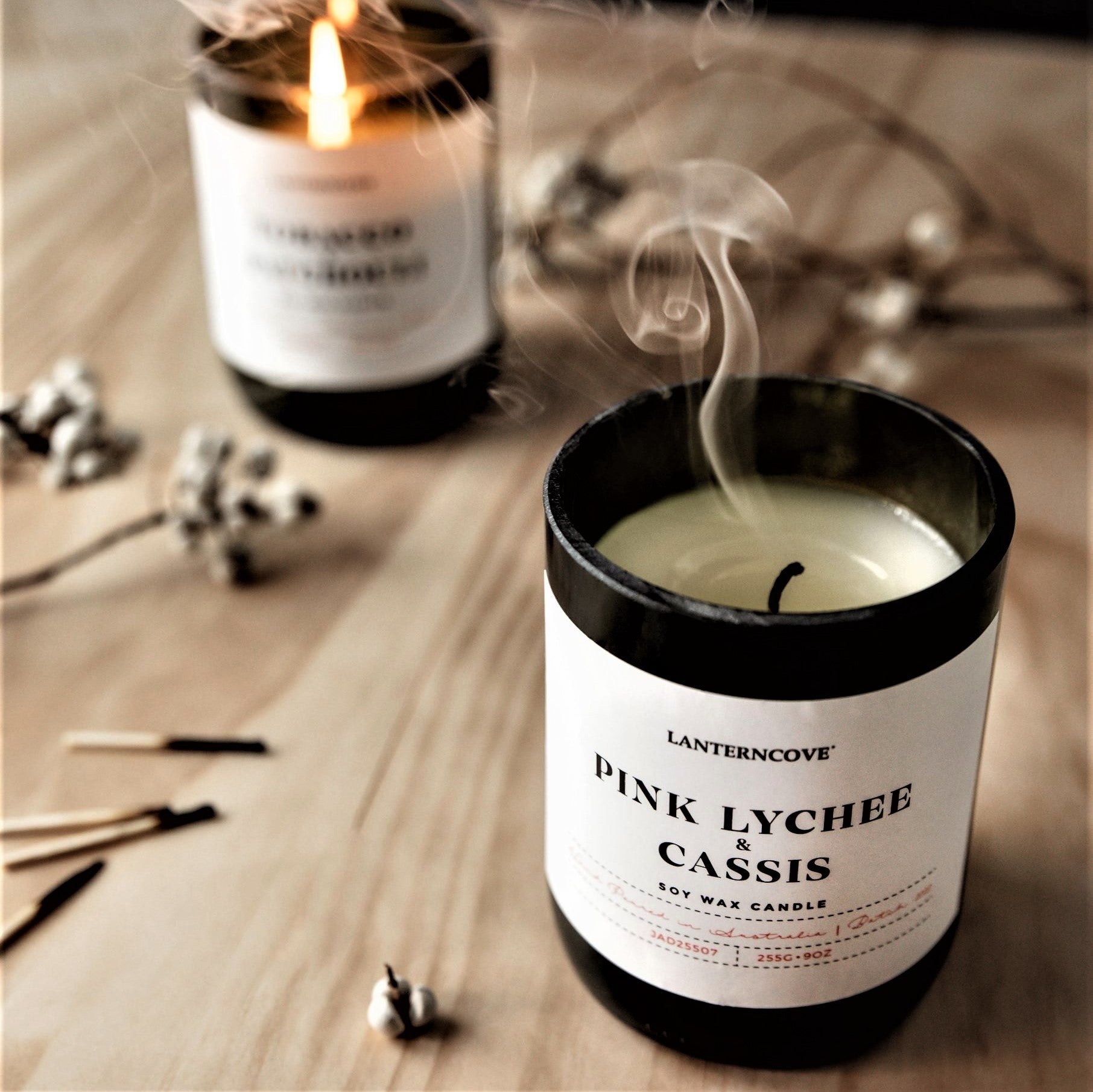Boost Your Area with Premium Soy Wax Candles and Home Fragrance
Wiki Article
From Wick to Wax: Understanding the Chemistry Behind Soy Wax Candles and Their Environmental Impact
As we brighten our areas with the cozy glow of candles, there exists a world of detailed chemistry behind the apparently simple act of lighting a soy wax candle. The selection between soy and paraffin wax expands past plain appearances, delving right into the world of environmental influence and the extremely composition of the materials. Recognizing the molecular structure of soy wax and its combustion procedure sheds light on the exhausts released into our environments. Join us as we untangle the scientific ins and outs behind soy wax candle lights and discover their ramifications on our setting.Soy Wax Vs. Paraffin Wax
When contrasting soy wax and paraffin wax for candle making, it is vital to understand the unique qualities and advantages of each product. Soy wax is a natural, eco-friendly resource originated from soybean oil, making it environmentally friendly and naturally degradable - soy wax candles. In contrast, paraffin wax is a by-product of petroleum refining, which raises concerns regarding its ecological influence and sustainabilitySoy wax candle lights melt cleaner and give off much less residue contrasted to paraffin wax candle lights, making them a much healthier choice for indoor air high quality. Furthermore, soy wax has a reduced melting factor, enabling a longer-lasting candle light that distributes scent better. Paraffin wax, on the other hand, has a tendency to burn faster and less cleanly, possibly releasing damaging chemicals into the air.
From a sustainability perspective, soy wax is favored for its biodegradability and renewable sourcing, aligning with the expanding consumer choice for eco mindful products. While paraffin wax has actually been a traditional choice in candle making due to its price and ease of use, the change in the direction of green alternatives like soy wax is gaining momentum in the industry.
Chemical Make-up of Soy Wax

Combustion Refine in Soy Candles
The chemical make-up of soy wax straight affects the combustion process in soy candle lights, affecting elements such as burn time, scent launch, and environmental effect. When a soy candle is lit, the heat from the fire thaws the wax near the wick.
The burning effectiveness of soy candles is affected by the purity of the soy wax and the top quality of the wick. A clean-burning soy candle with a properly sized wick will produce a constant flame and minimize residue development. This not only expands the shed time of the candle light but also improves the launch of fragrances. In addition, soy wax candle lights have a lower environmental influence contrasted to paraffin candles as a result of their renewable and biodegradable nature.

Environmental Advantages of Soy Wax

Considered a sustainable choice to typical paraffin wax, soy wax provides notable environmental advantages that make it a preferred option among eco-conscious customers. Soy wax burns cleaner and creates much less residue than paraffin wax, adding to far better interior air quality and reducing the demand for cleaning and upkeep. Generally, the environmental advantages of soy wax Web Site line up with the expanding demand for lasting and eco-friendly products in the market.
Recycling and Disposal Considerations
Recycling and correct disposal of soy wax candle lights play a crucial function in preserving ecological sustainability and reducing waste in neighborhoods and houses. The first action is to make sure that the candle has shed entirely when it comes to recycling soy wax candles. This can be attained by enabling the candle light to burn until the wick is no much longer useful, and after that letting the staying wax cool and solidify. Once the wax has solidified, it can be thoroughly gotten rid of from the container.
In regards to disposal, if recycling is not an alternative, soy wax candles are naturally degradable and can be safely gotten rid of in many household waste systems. It is constantly suggested to check with local reusing facilities or waste monitoring services for certain guidelines on candle light disposal to ensure proper handling and ecological defense.
Conclusion
In conclusion, the chemistry behind soy wax candles reveals their ecological benefits over paraffin wax candles. Soy wax, derived from soybean oil, burns cleaner and creates less soot when contrasted to paraffin wax.When contrasting soy wax and paraffin wax for candle production, it is vital to recognize the distinct qualities and advantages of each material (soy candles).Soy wax candle lights melt cleaner and produce less residue contrasted to paraffin wax candles, making them a healthier option for interior air top quality.Considered a sustainable option to typical paraffin wax, soy wax offers noteworthy environmental benefits that make it a preferred choice among hop over to here eco-conscious consumers. Soy wax burns cleaner and produces much less residue than paraffin wax, adding to better indoor air quality and lowering the requirement for cleaning and maintenance.In conclusion, the chemistry behind soy wax candle lights discloses click site their ecological advantages over paraffin wax candles
Report this wiki page